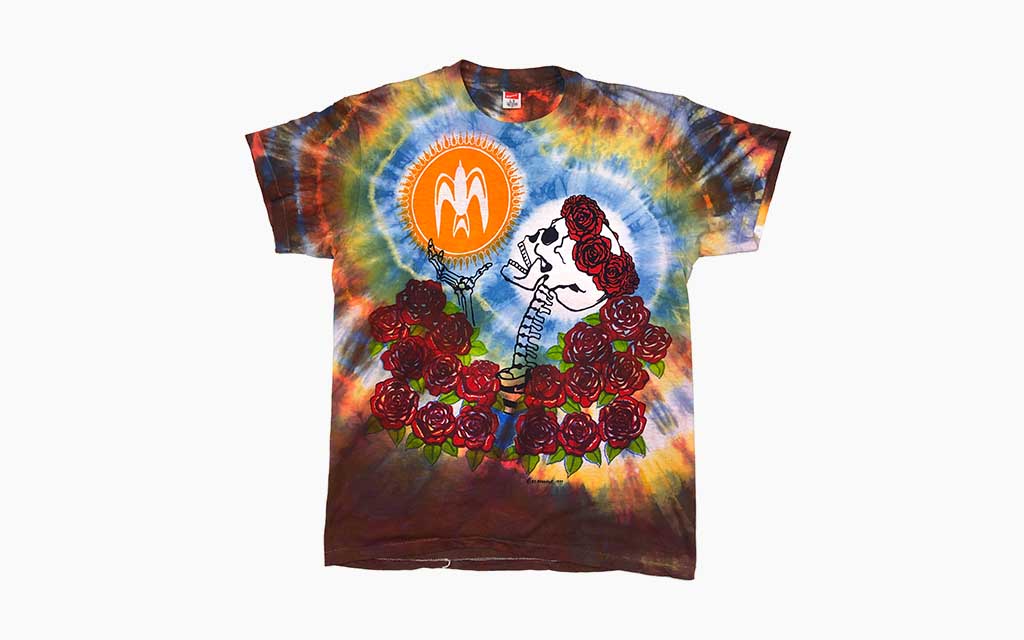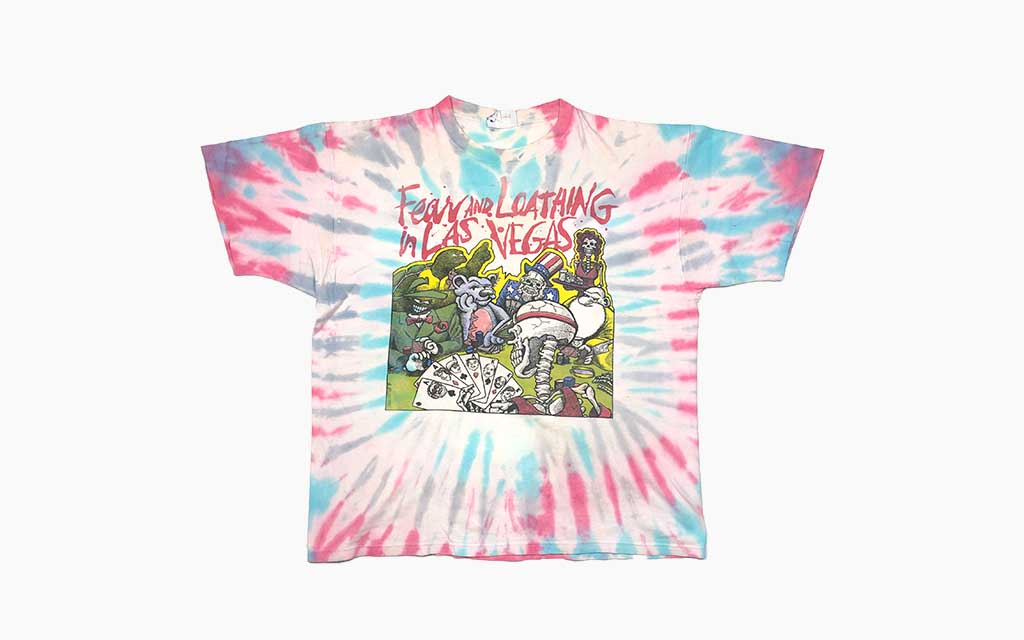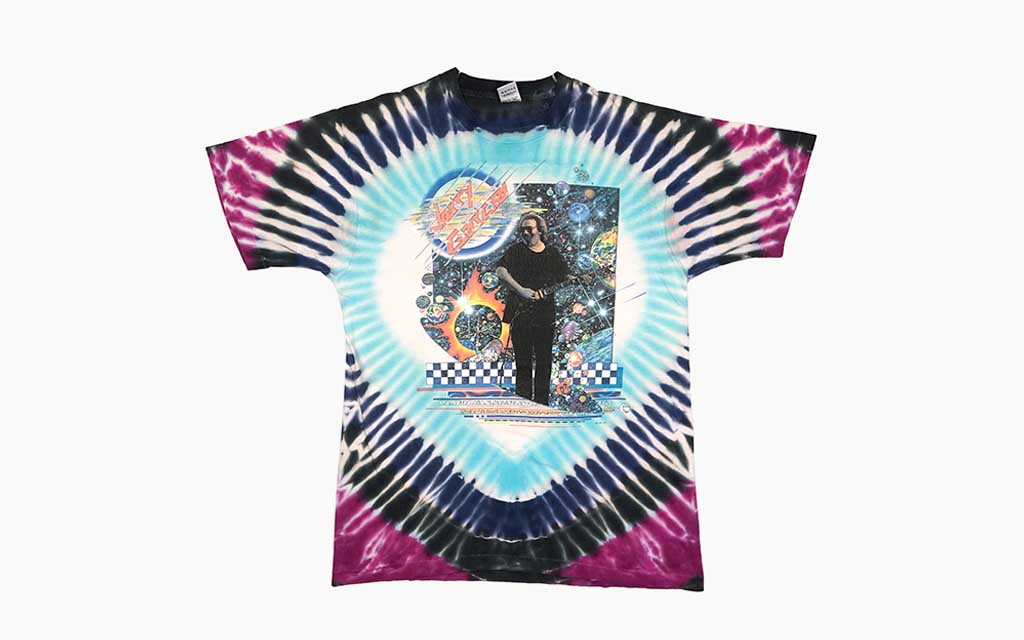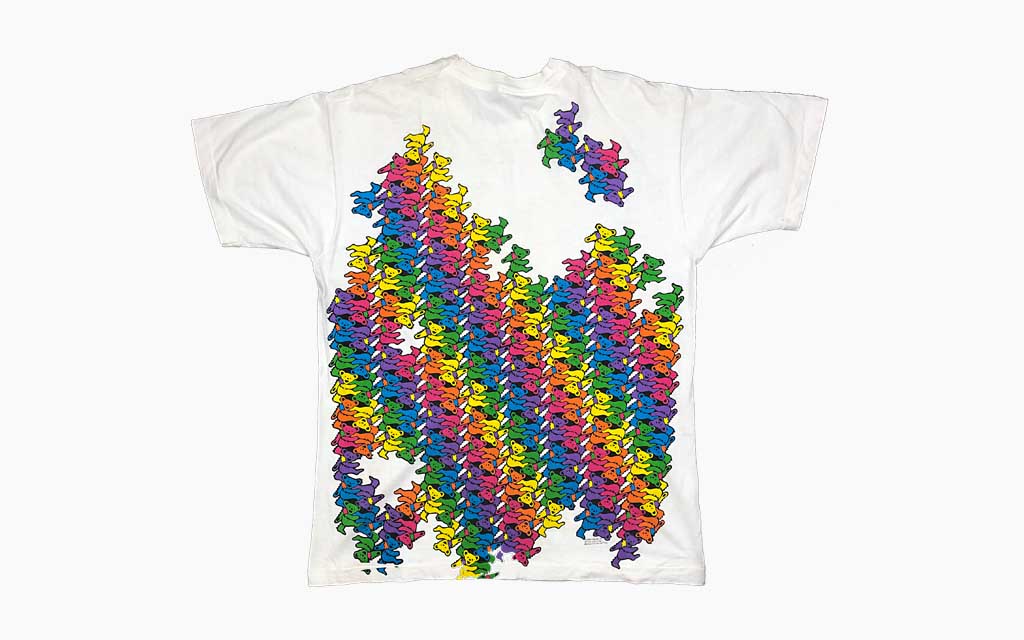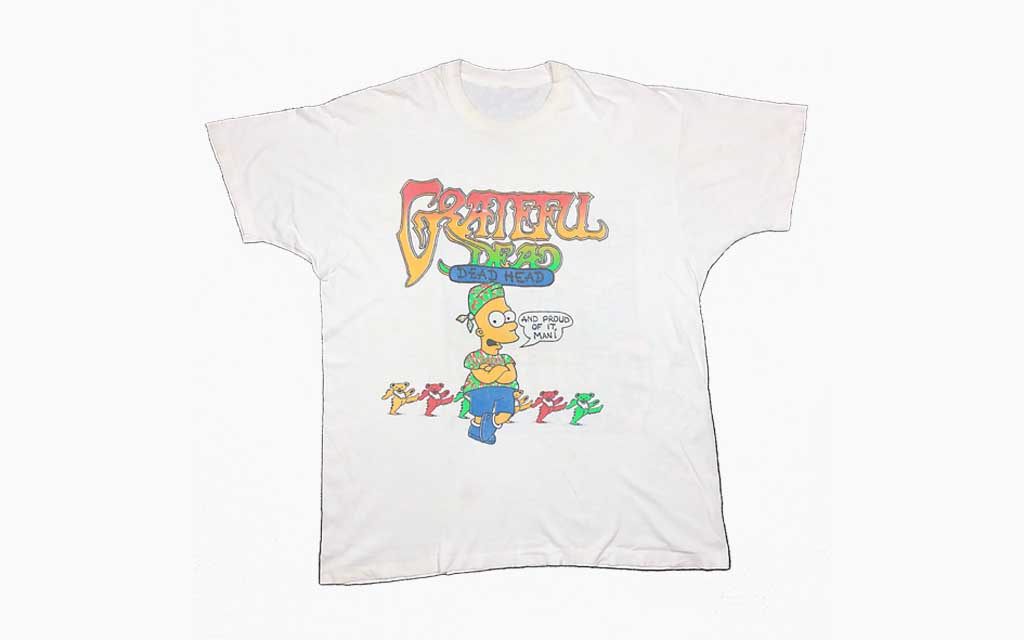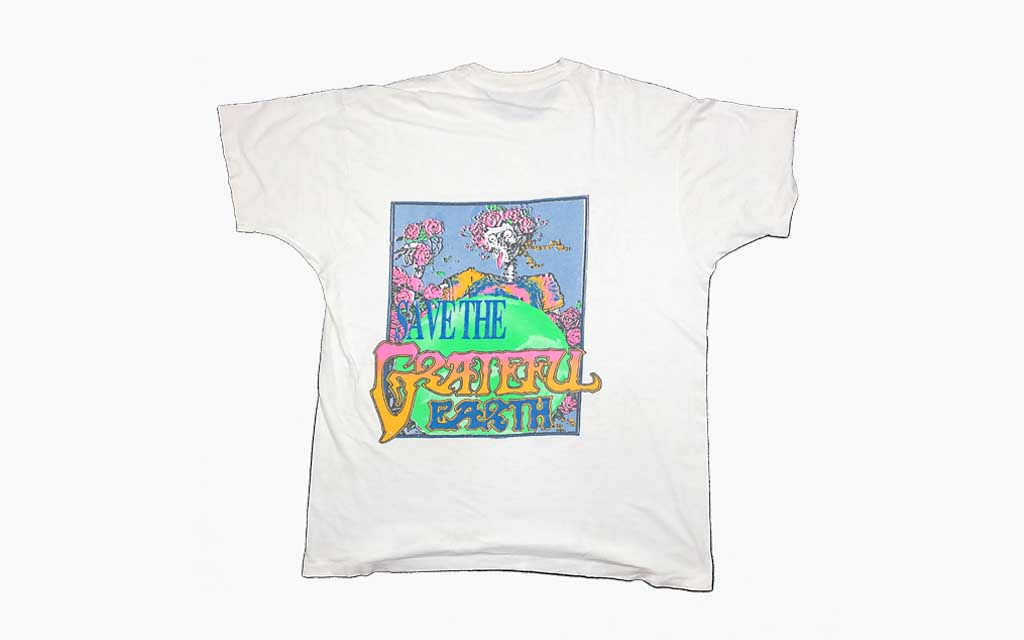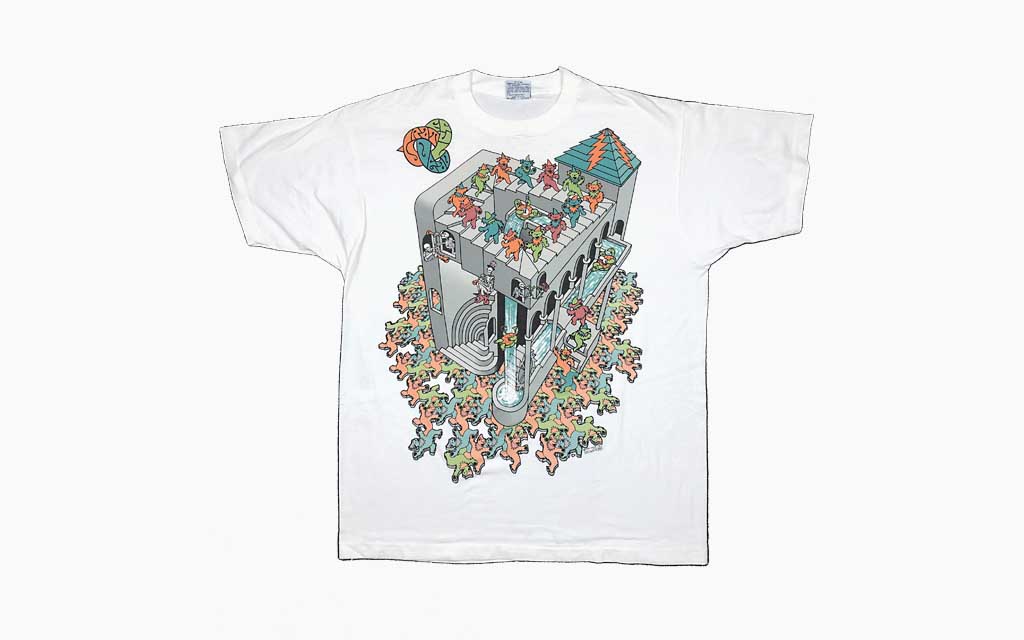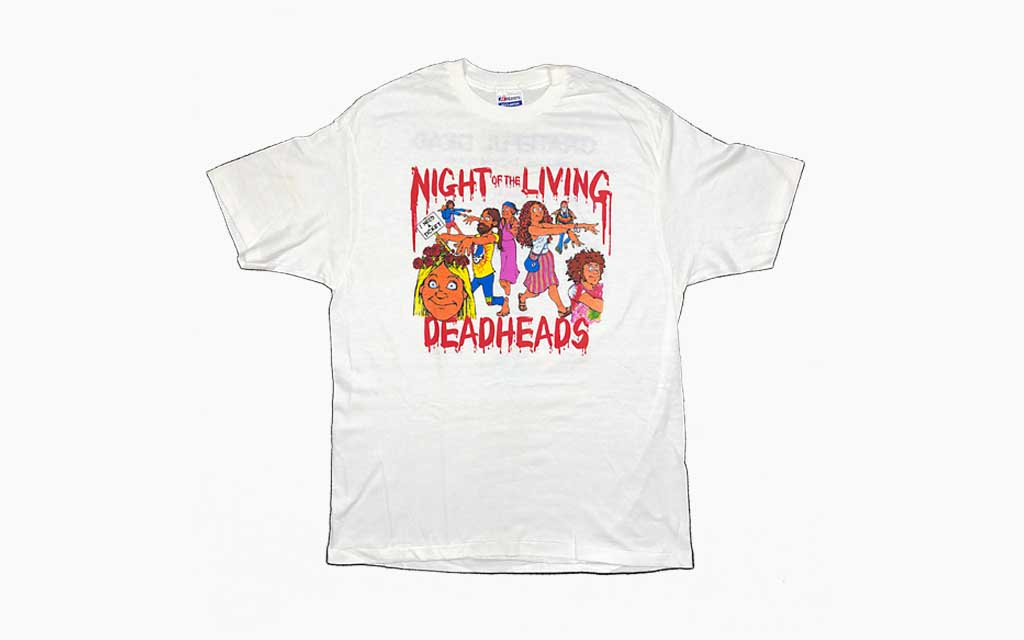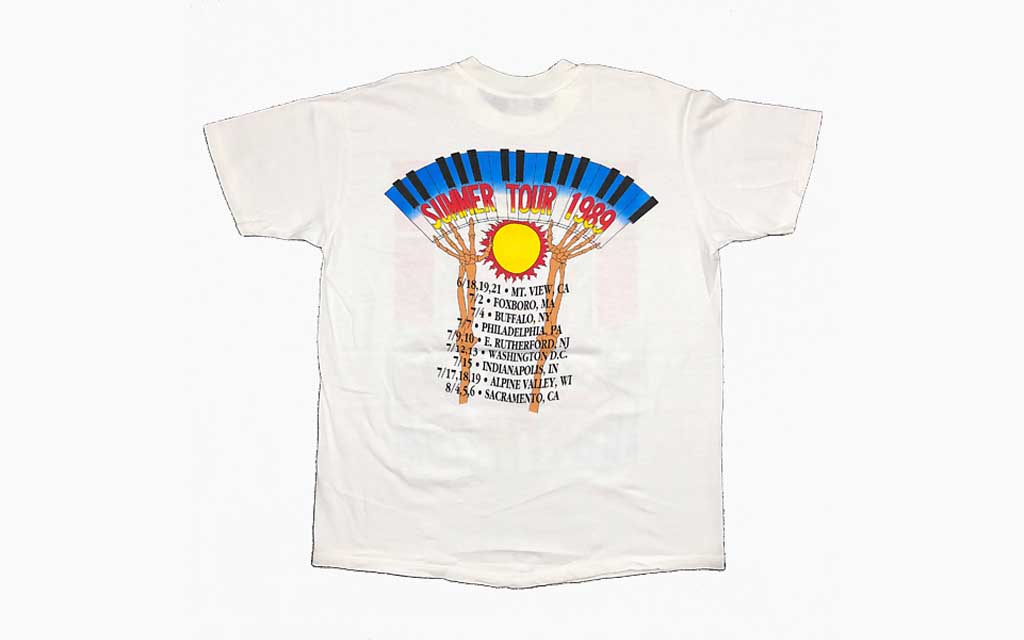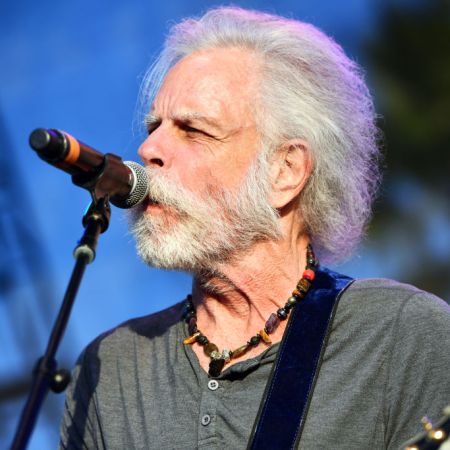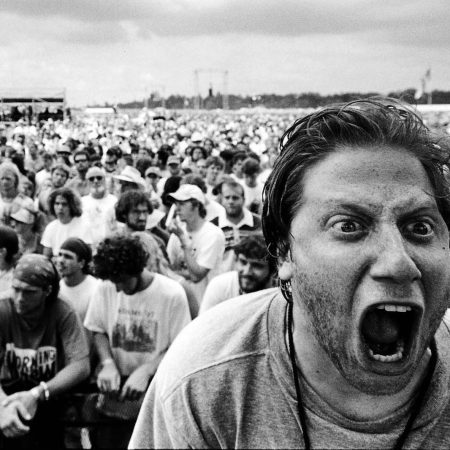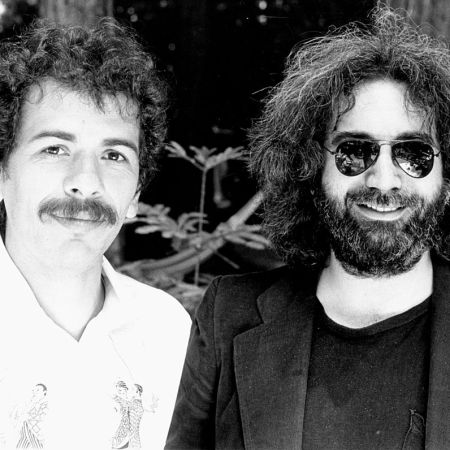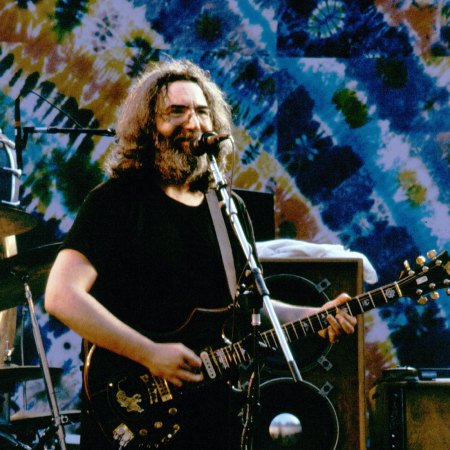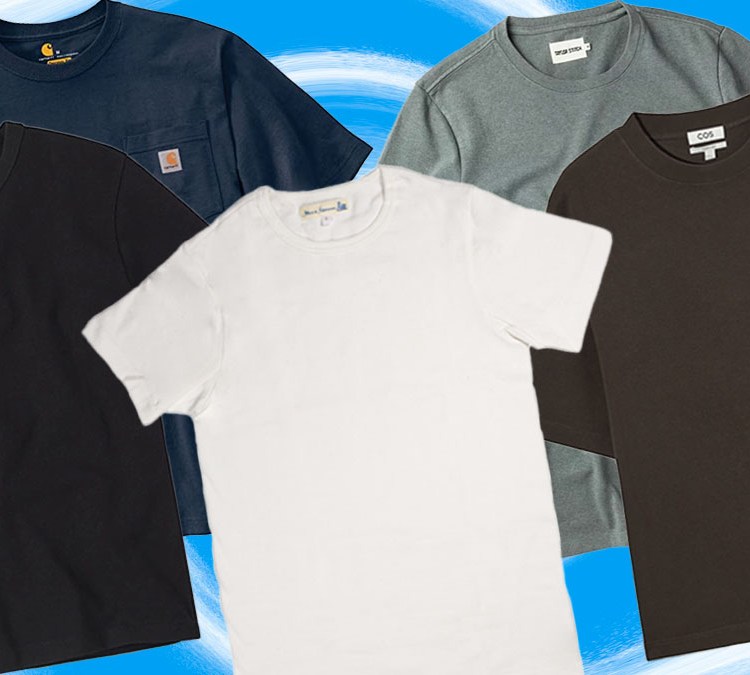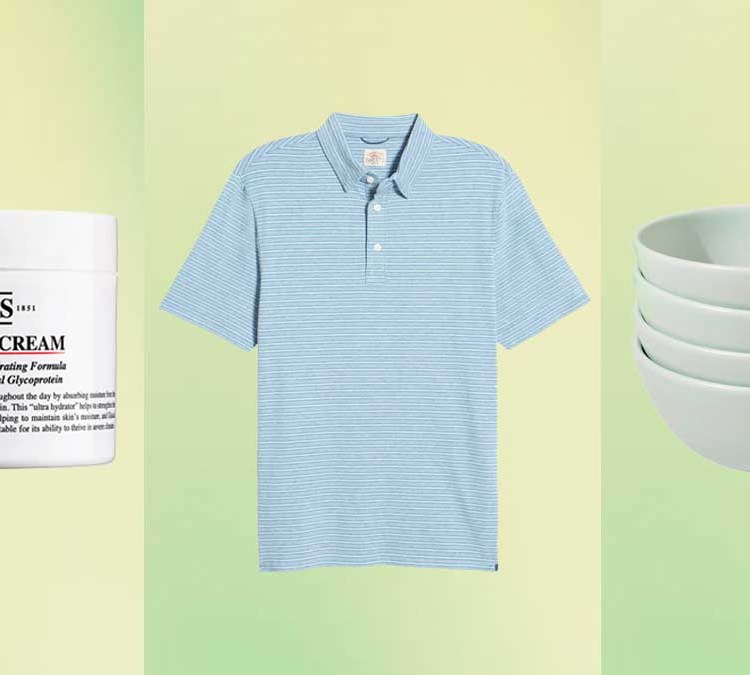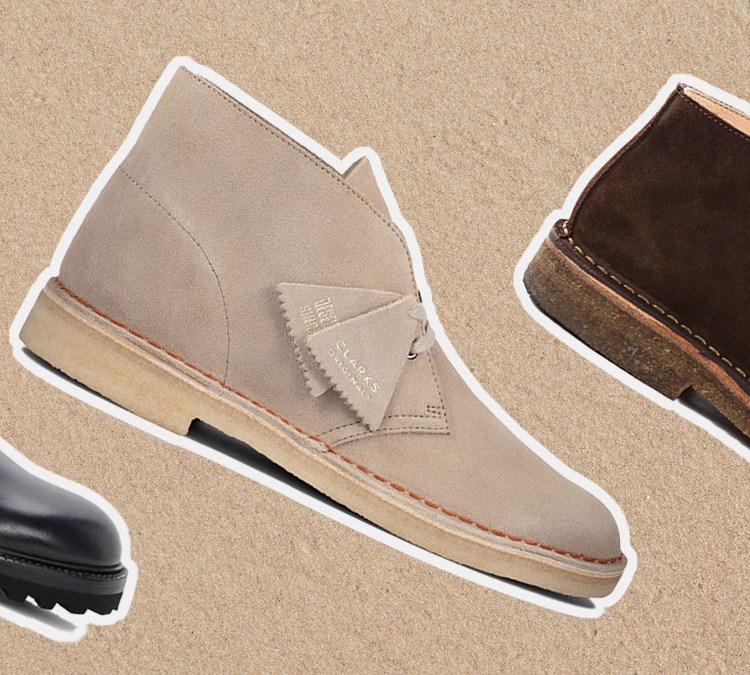Welcome to the latest installment of The Collectors, a series in which InsideHook profiles people behind impressive private collections.
From the tape traders to the fans that followed the band around on tour after tour, decade after decade, few fanbases have remained as diehard as Deadheads. And although he wasn’t even alive when Jerry Garcia passed away in 1995, Taylor Welch is proof that the legacy isn’t fading away anytime soon. Welch has amassed one of the largest collections of Grateful Dead shirts and psychedelia known to humankind. His stash of common and impossible-to-find tees has garnered the attention of true Deadheads and celebrities alike, from actor Jonah Hill to rappers Flatbush Zombies to chef and TV star Matty Matheson.
This past June, Welch left his home in St. Simons, Georgia, with a car full of official and bootleg shirts and headed to New York City for a pop-up shop and some private sales appointments. And of course, a night of the band’s latest iteration, Dead and Company, at Citi Field. InsideHook caught up with him to find out how he got the Instagram handle @Deadhead, his favorite vintage sourcing tale and where he hopes this expansive collection might end up.
How did you first get into the Dead?
I was exposed to the Grateful Dead through my grandfather’s passing, when I was a teenager. A year after his death, I did a google search and found out he had the same birthday as Jerry Garcia. I got deep into the music and everything else from there.
How did you end up with the Instagram handle @Deadhead?
There was a kid in Europe who had it. I offered him cash and other stuff and nothing happened. He started to follow me and saw me post an Outkast vinyl one day, a clear “ATLiens” vinyl, and messaged me saying how much he wanted it. So he straight up traded me the account name for the Outkast vinyl and some vintage Atlanta Olympics shirts.
What did you sell before all the Grateful Dead stuff?
My Instagram name was SupremeDeadhead because I resold streetwear to buy vintage Dead shirts. Supreme, Palace when it first came out, other stuff.
Who inspired you to put the Dead shirts online for all to see?
Mason Warner (@FromTheLot) inspired me to create my whole Instagram portfolio. He serves as a conduit for all artists in this scene, showcasing their Grateful Dead art, be it vintage or new.
Who were the first celebrities to reach out about buying a shirt?
Ezra Koenig and Jonah Hill.
Making Deadheads friends is easy. Have you made lasting relationships from selling vintage?
Absolutely. I can honestly credit my Instagram sales and selling Grateful Dead vintage and ephemera in general to connecting me to some of the relationships that will last my entire life.
Related: Skateboard Legend Steve Caballero’s Evel Knievel Obsession
Bootleg shirts sold outside of Grateful Dead shows have always been referred to as “lot tees.” When did they first appear?
As far I know, the first lot tees that made waves on the scene were by Ed Donahue who started hand screen printing and hand dying shirts in the early to mid-’70s. They didn’t say Grateful Dead. You couldn’t take any copyrighted imagery.
It drives people nuts when you post a gem on Instagram and write NFS (Not For Sale). How many Grateful Dead shirts do you have in your personal stash?
Probably around 200-250. It’s really hard to let a lot of these shirts go. I’m a collector first. When I was buying the shirts, it started out with posting that they’re not for sale. People started resonating with that and started asking me for the Dead shirts more than the streetwear.
Which shirt is the holy grail of your collection and what’s the story behind it?
Definitely the Jerry Jaspar shirts because I resonated with the artwork on a higher frequency and they were the first Dead tees that I started to collect for myself. The graphics weren’t in-your-face Grateful Dead, but inherently had the Dead flavor to them.
Many incredible artists have designed shirts for the Grateful Dead. Whose work stands out the most?
Mikio Kennedy. He made lot tee shirts and worked with the Grateful Dead. The Deadicated Save The Rainforest artwork. So many paved the way with iconic work and he’s one that took off from that.
Do you ever regret selling a shirt?
There have definitely been a lot of those. My favorite Dead shows are from ’87-’90 when Brent Mydland played with them. I’ve had a few lot tees from that era that wouldn’t fit. But these shirts are all meant to be worn, so I tell myself that someone’s going to enjoy it, and I let it go. But there were so many shows, so many years of touring, so many shirts floating around. Anyone looking will always be able to find one, at least for now.
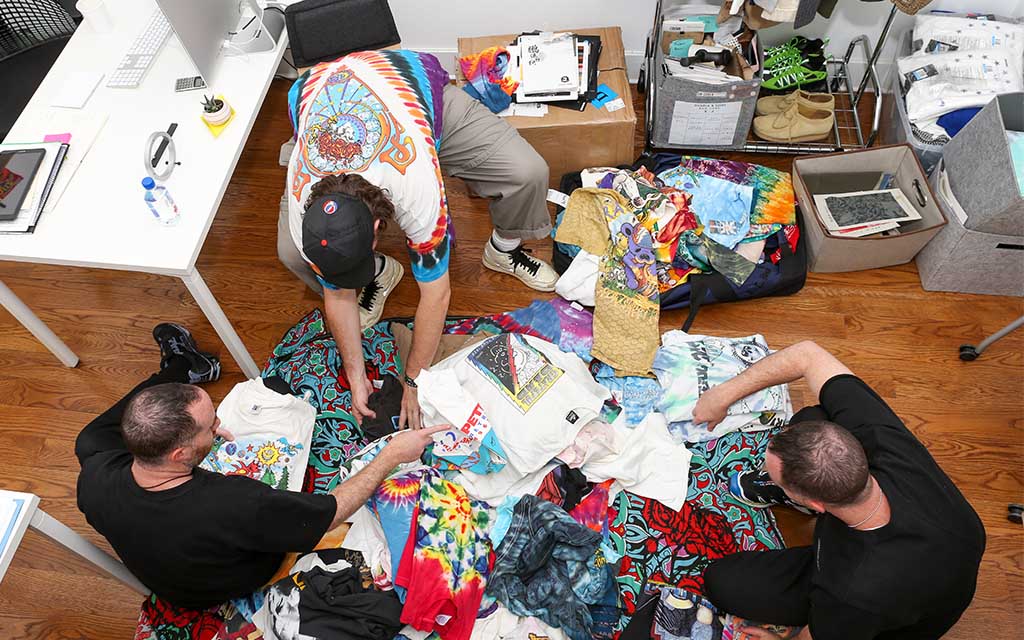
When you source your shirts, do you ever come away with amazing stories from Dead tour?
There’s a guy named Steve who lives on the border of Washington and Oregon. He was basically on Dead tour from the early ’80s to the last show in ‘95. He was a drug dealer on tour so he had a lot of extra money, and he’d buy up to four shirts at every single show. I met him three years ago. He had a shed in his backyard with over 500 shirts. In the early-’90s, Steve’s son was present during a high school benefit. All the band members signed one of the high school shirts. Jerry Garcia was eating something and left his thumb print on the shirt. The organizers of the event pointed it out, tossed the shirt aside and asked them to all sign a new one. Steve’s son took it home with him and held onto it for all these years. He showed it to us and it still has Garcia’s thumb print.
Do you have any longstanding clients who come to you time and time again?
It’s hard to single out one person because I’ve had so many repeats. It’s because as soon as you get the first vintage shirt, you realize the quality of it and feel the energy these shirts possess, it’s hard to deny.
There’s a lot of hype around Dead and Company, the current iteration of the Grateful Dead. Is your place in all of this a labor of hype, love or a bit of both?
It was and it is a labor of love. Hype is subjective and you can make it a positive or negative thing. I’ve been listening to the Dead for a long time. My first show was the band Furthur, when I was 15 or 16. I really do love this, and beyond the money, the value of all these shirts is the energy of them, who created them, and where they’ve been. These garments are keys to real people. You can make sure lasting relationships from selling or trading just one shirt and that’s what is really important to me.
John Mayer has brought a new audience to the lot shirt scene, even helping some artists get onboard for official tour merch. Who are some of your favorites of the current lot scene?
John Mayer has definitely provided a platform for a lot of my good friends to express their creativity and for that I’m very grateful. I love the lot scene! My favorites right now are Ruben Perez (@Rubenowsky) who is the coolest dude and is crazy talented, and Online Ceramics (@onlineceramics), who are in their own realm and tapped into a very different frequency.

You’ve taken your wares on the road, most recently with this most recent NYC pop up. How has the reaction been?
It’s been incredible. Nothing beats being face to face with people and telling them stories about the origins of these shirts. And it was great to come to New York and meet everyone I’ve been talking to in the digital lot world.
What’s the best shirt you can recall any Grateful Dead band member wearing?
It’s a summer 1990 hummingbird tee by the artist Ian Bohorquez. Mickey Hart wore it this past July when playing in Washington.
Big brands are using Grateful Dead iconography and plenty of machine-made tie dye. Does high fashion bring anything to the culture or do they just take the money and run?
They’re definitely mostly taking the money and running. I’ve been fortunate to have a glimpse into some of the Dead inspired high fashion and there’s a lot of culture vultures. Don’t get me wrong, there are some companies that are coming from the right place and putting in the time and effort season after season. But for the most part, the whole high fashion tie dye thing looks like elementary school projects or something. And that’s what sets the lot scene apart from it all. You can go on the lot and find some of the most interesting and technical tie dyes you’ve ever seen that will never be on the runway, because you can’t replicate it with a machine. It’s intergenerational practices that have been passed down. In a way, it’s alchemy.
What’s the biggest misconception that people have about what you do?
People have thought that I’m an old dude because I’m into really old shit and I don’t put a lot of pictures of myself online.
Garcia is gone, so why go see this band?
They’re the best band on the planet, in my opinion.
Will people care about the Grateful Dead in 50 years?
Absolutely. Aside from the music being timeless because it’s a melting pot of every genre of music at the time, the iconography and ephemera resonates with people even before they hear the songs. It’s never going ot go out of style because it was never meant to be in style.
What are your plans for the future?
I want to open a non-profit museum of counter culture, which is the main goal. Short-term, I want to outfit a sprinter van, bring it all on the road with me, go across the U.S., do pop-ups and meet a lot of people.
This article was featured in the InsideHook newsletter. Sign up now.



